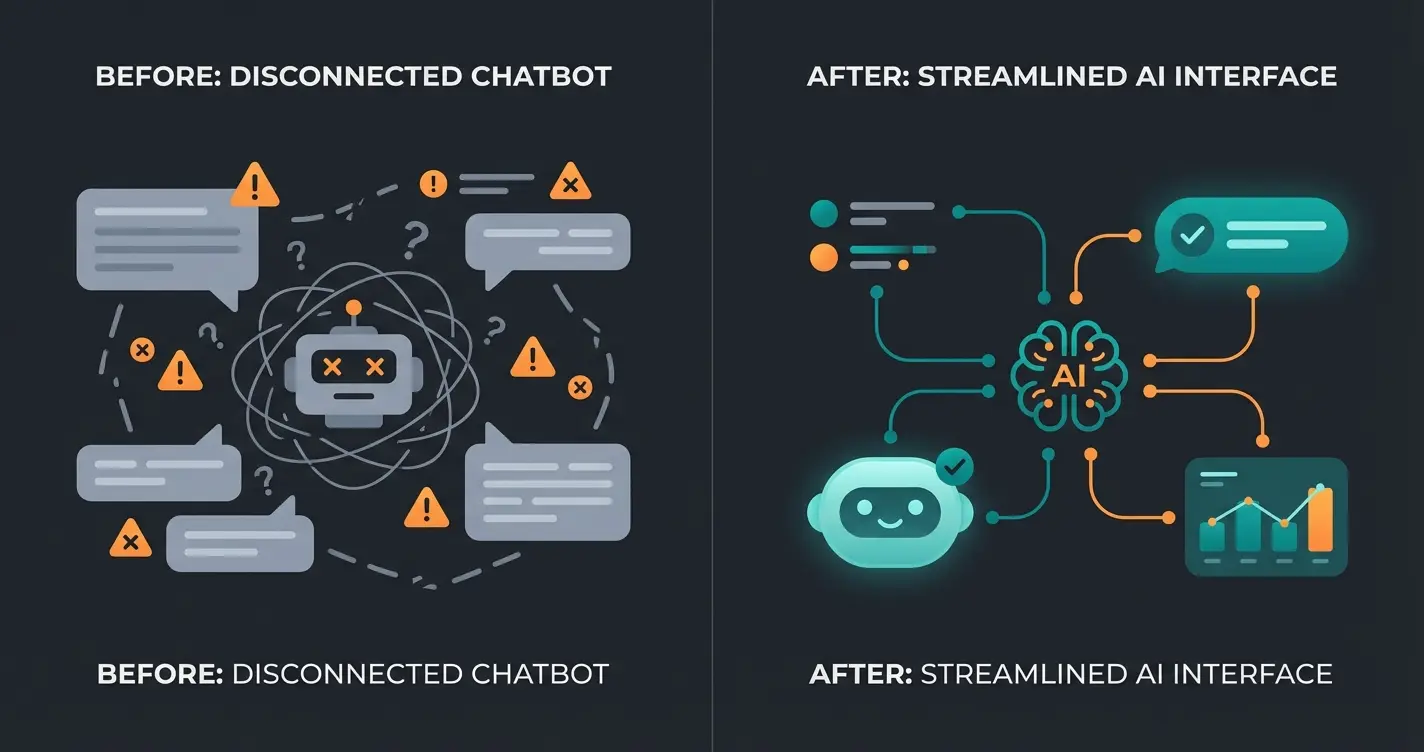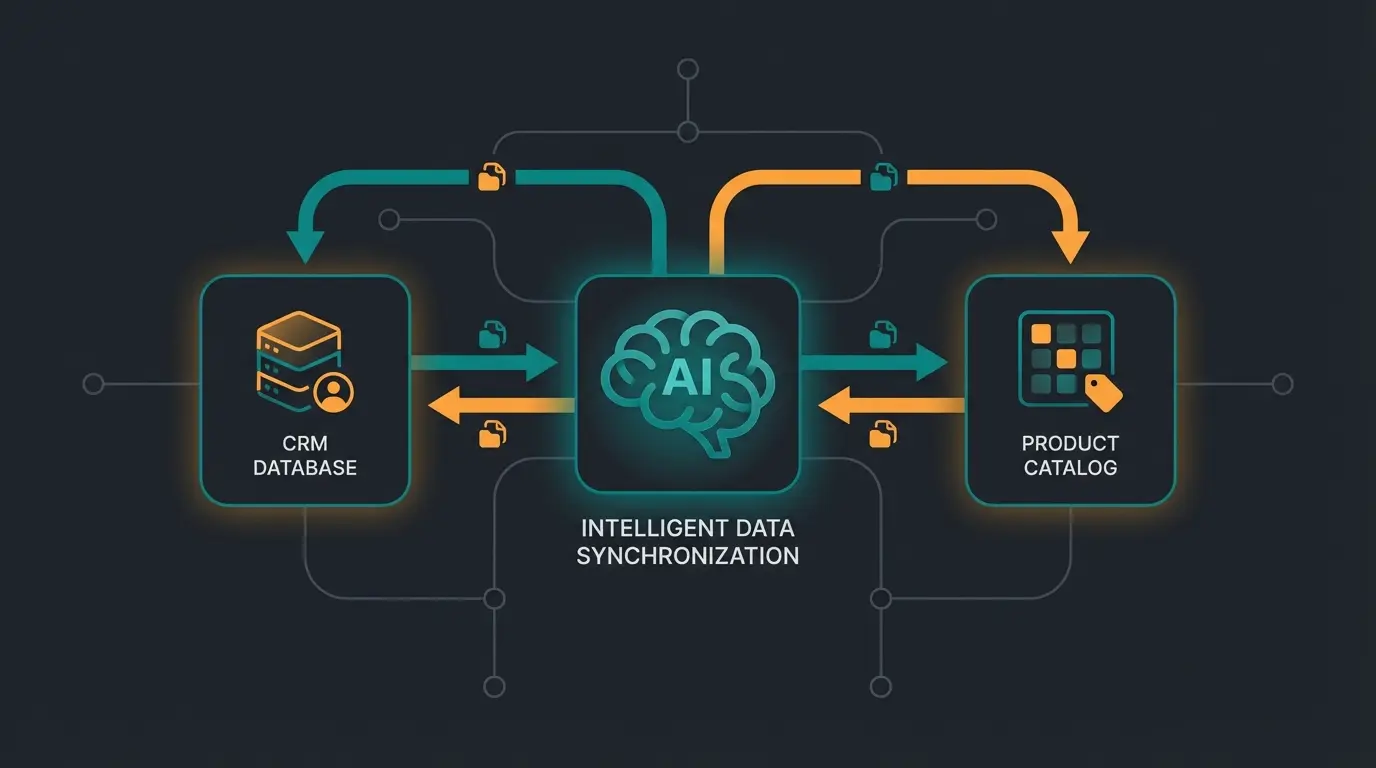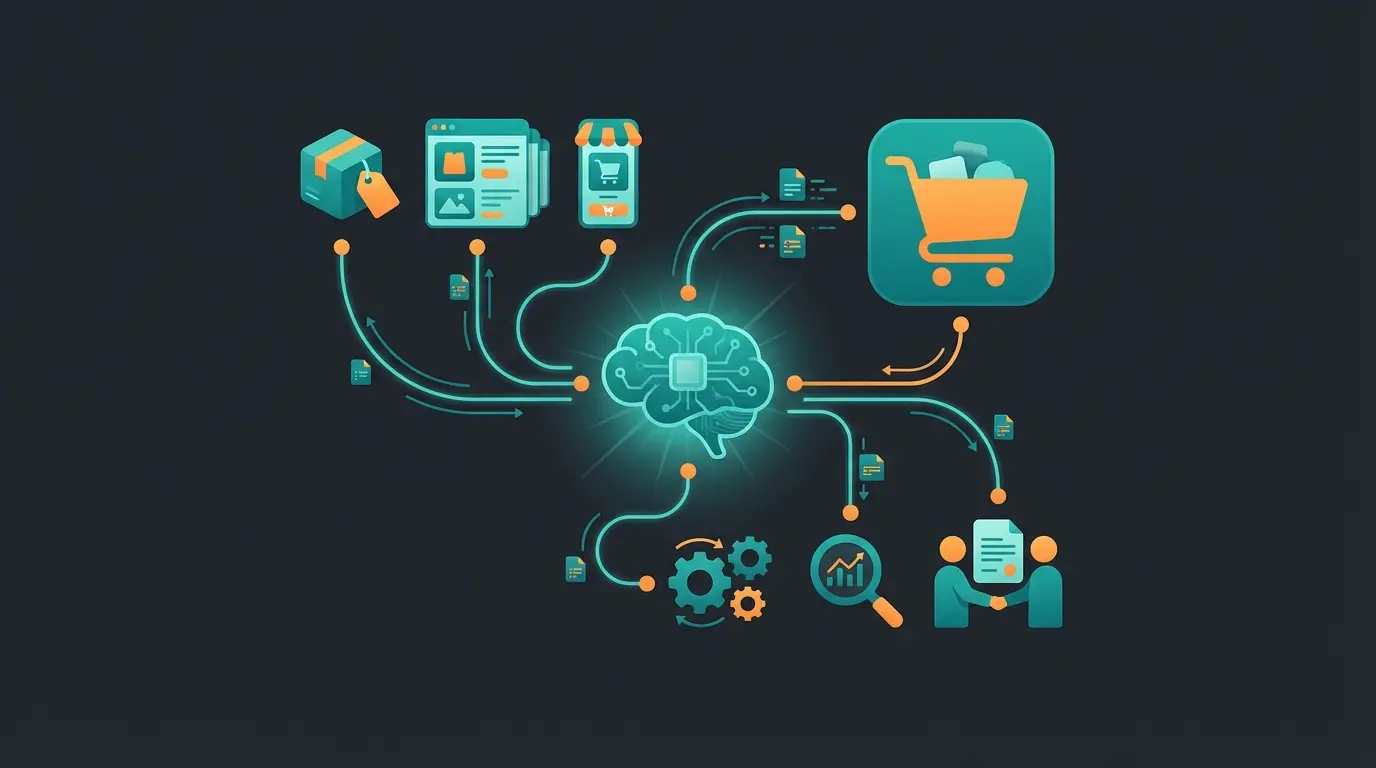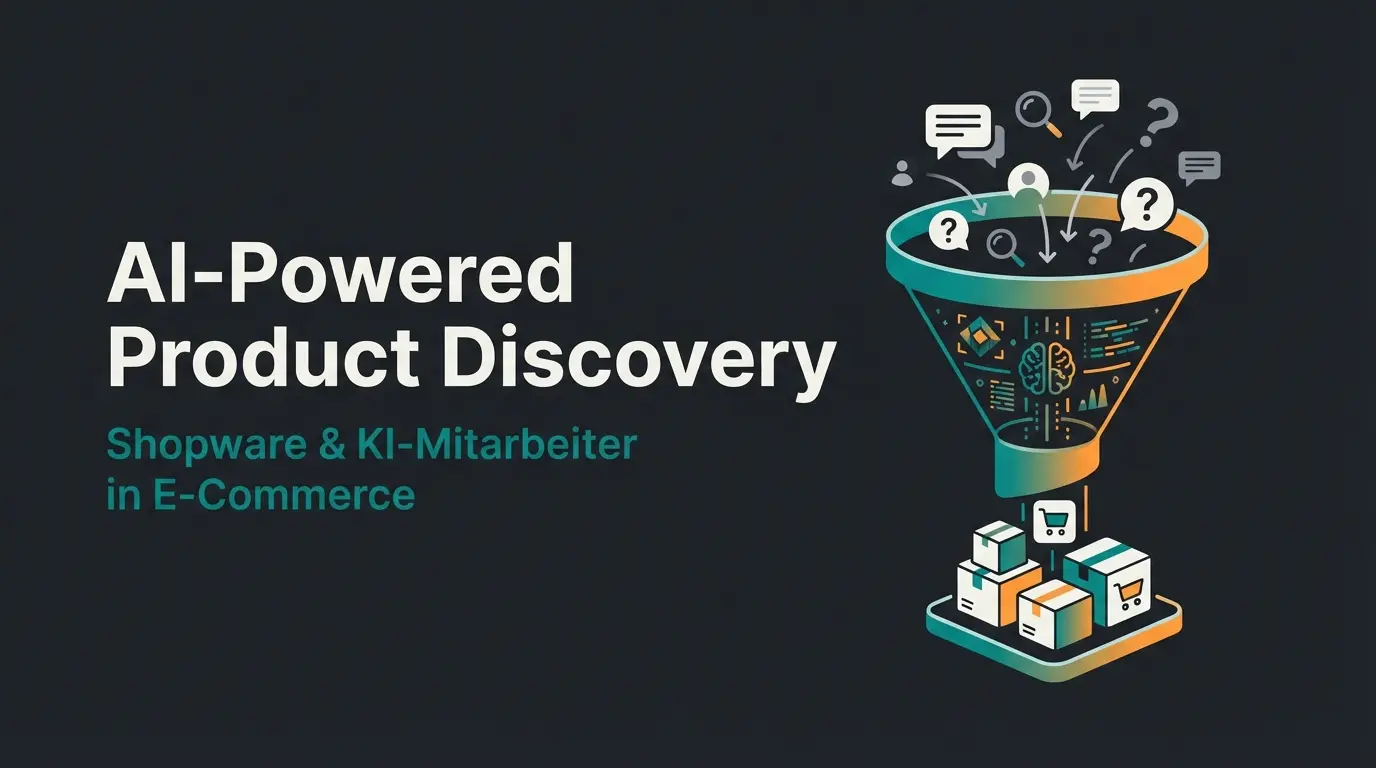Overview: The Status Quo of Chatbots in E-Commerce
The integration of chatbots is increasingly shaping the digital sales world. Current market data shows interesting developments: According to a study on chatbot satisfaction, 64% of online shoppers rate their experiences with automated assistants positively. This rate highlights the fundamental potential of the technology.
However, reality also presents challenges. Many standard chatbots fail to answer complex customer inquiries. They do not correctly recognize contexts and deliver stereotypical answers. This leads to customer frustration and places an additional burden on service staff instead of relieving them.
According to this specialized article on AI in customer service, specialized systems can reduce costs by up to 70%—while simultaneously increasing customer satisfaction by 35%. These figures underscore the economic potential of properly implemented AI solutions. But cutting costs is only half the battle; the real opportunity lies in generating revenue.
The "Silent Store" Syndrome: Why Typical Chatbots Fail
Most e-commerce stores suffer from what we call the "Silent Store" syndrome. You have thousands of visitors, but no sales staff on the floor. Customers leave because they have questions, not because they don't like the product. The limited customization options of standardized chatbot solutions present major problems for many online retailers.
The statistics on chatbot functions prove it: 27% of users are looking for product information, while 21% need customer service—yet this is exactly where the biggest deficits appear. Standard bots treat every user as a support ticket, not a potential sale.

A central problem is the lack of context processing. Chatbots often do not understand the connection between several consecutive messages. They treat each request in isolation, leading to frustrating conversation flows. This expert article on AI chatbots clarifies the technical background of this limitation.
The lack of backend connection exacerbates this problem. Many systems have no direct access to important company data such as goods availability, customer history, or order status. This results in superficial or outdated information. Furthermore, the lack of learning ability in standardized solutions is critical. Even with recurring errors, these systems do not adapt; they repeat the same unsatisfactory answer patterns instead of learning from interactions and continuously improving.
The New Standard: From FAQ-Bot to AI Sales Consultant
To win in 2025, you must reframe the metric. Move the goalpost from "Deflection Rate" (avoiding human contact) to "Consultation Rate" (engaging customers). Don't just call it a chatbot; call it a Digital Sales Consultant.
| Feature | Traditional FAQ Bot (Gen 1) | AI Sales Consultant (Gen 2) |
|---|---|---|
| Primary Goal | Cost Savings & Deflection | Revenue Generation & Consultation |
| Data Source | Static Script / FAQs | Dynamic PIM & CRM Data |
| Interaction Style | Reactive (Waits for input) | Proactive (Offers help based on behavior) |
| Success Metric | Ticket Reduction | Add-to-Cart Rate |
Real-World Example: The Consultation Gap
Consider the difference in quality when a customer asks a complex technical question. A standard bot might fail, whereas an AI Sales Consultant closes the deal.
Integration: The Key Factor for Revenue-Generating AI
The correct integration of AI chatbots into existing E-Commerce systems forms the foundation for positive customer experiences and sales. Studies on AI in customer service show: A well-thought-out integration can increase customer satisfaction by up to 35%.
A professional technical integration is the cornerstone for avoiding chatbot frustration. The development of modern AI chatbot systems shows that around 65% of all implementation problems are due to poor technical integration.
Clean product data ensures the bot knows specs, compatibility, and variants.
Define the Tone of Voice. Is your bot a technical expert or a friendly stylist?
Connect ERP and CRM for real-time stock and customer history.
Launch, measure conversion, and iterate.
Optimizing Backend Connection for Sales
A direct connection to inventory management systems and product databases allows chatbots to provide precise real-time information. Customers receive immediate information on availability, delivery times, and prices. This reduces follow-up questions and builds trust in the automated consultation. According to current analyses on AI integration, a correct backend connection increases answer accuracy by up to 40%.
Personalization through CRM Integration
The personalized AI customer support plays a central role in satisfaction and sales. Linking with the Customer Relationship Management system allows for individualized communication. The AI chatbot accesses customer history, preferences, and previous purchases. This results in tailored up-selling recommendations instead of standardized answers.

Through the analysis of customer data and purchasing behavior, chatbots can make individualized recommendations. The integration of Machine Learning algorithms enables continuous improvement of answer quality. For example, if a customer previously bought 'Dry Skin' products, the bot should prioritize moisturizing recommendations in future chats.
Turn your support bot into a revenue-generating sales machine. Start your free trial today.
Start Free TrialMeasuring and Optimizing Chatbot Performance
Systematic recording of performance indicators is crucial for quality assurance. A current study on chatbot satisfaction shows the most important success factors, but we need to add revenue metrics to the mix.
- Add-to-Cart Rate: The percentage of users who add a product to the cart after a consultation.
- Conversion Rate: Successful sales completions following chatbot interaction.
- Response Speed: Average reaction time under 2 seconds.
- Resolution Rate: At least 80% of inquiries answered directly.
- Handover Quality: Precise forwarding to employees for complex questions.
The collected data forms the basis for targeted optimizations. Regular updates of the knowledge base and adjustments to the dialogue flow increase the quality of customer interactions. A dedicated team monitors performance and implements improvements based on analysis results.
The successful AI product consultation at leading E-Commerce companies demonstrates the potential of correctly implemented chatbots. One example shows cost savings of 70% while simultaneously increasing customer satisfaction by 35%.
A Support Bot is reactive and focuses on answering FAQs like 'Where is my order?' to reduce costs. A Sales Bot (or Digital Consultant) is proactive, uses PIM data to advise on products, and aims to increase Conversion Rates and Average Order Value.
Costs vary significantly based on complexity. Simple rule-based bots are cheaper but offer less value. Advanced AI Sales Consultants require investment in integration (PIM/CRM) but typically offer a much higher ROI through increased revenue.
Yes, modern AI solutions are designed to integrate seamlessly with major platforms like Shopify, Shopware, and WooCommerce via APIs to access live product and order data.
Don't just measure 'Ticket Deflection.' Focus on 'Attributed Revenue,' 'Add-to-Cart Rate,' and 'Conversion Rate by Conversation Depth' to understand the true value.
Don't let your customers shop alone. detailed product consultation 24/7 with our AI solution.
Get Started Now


